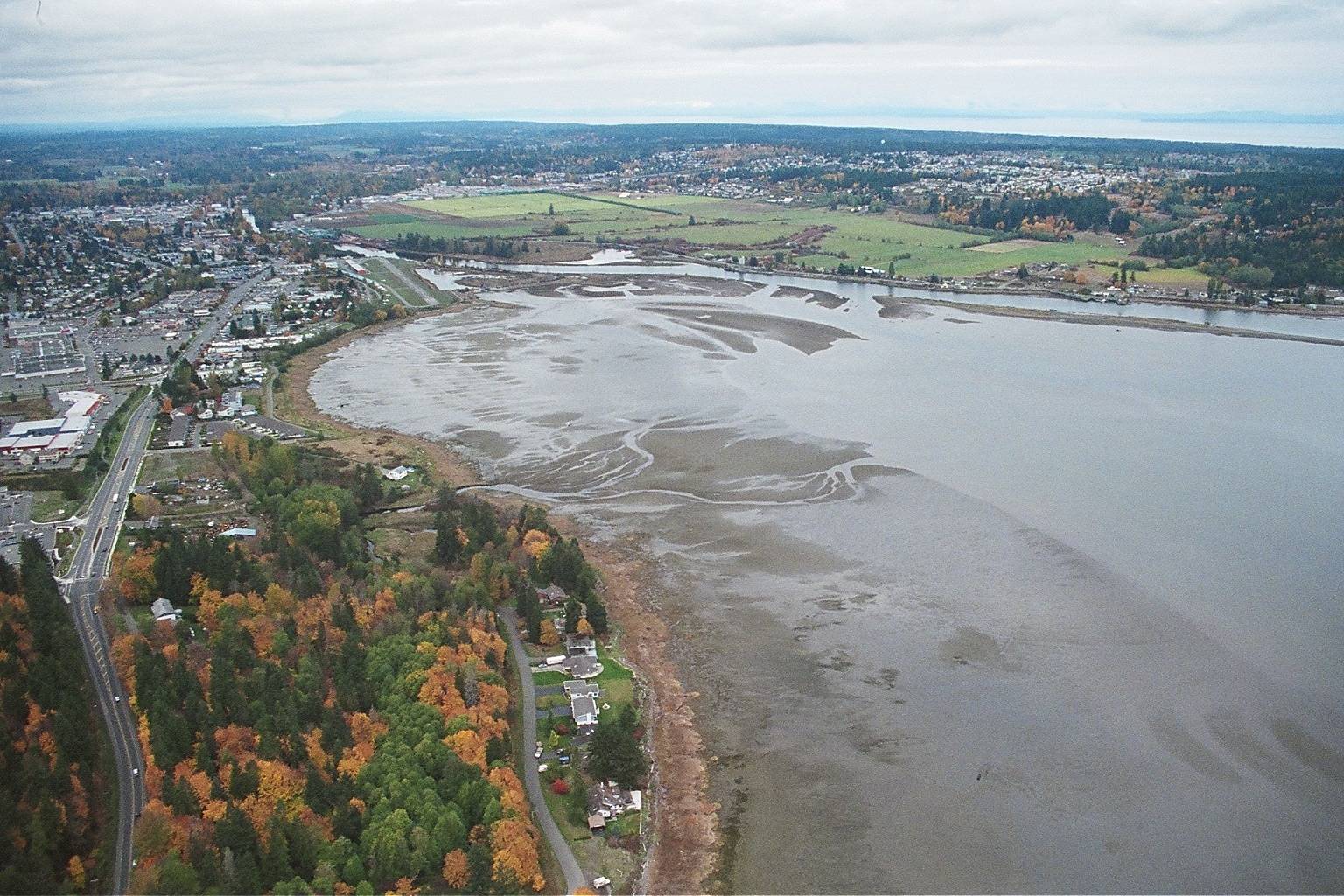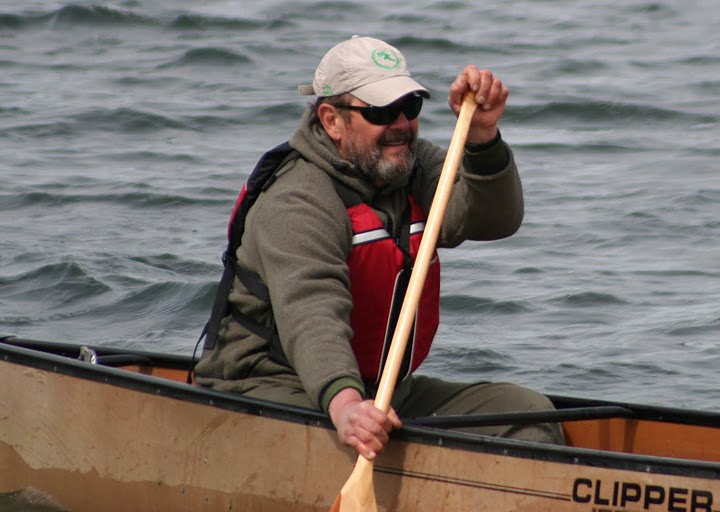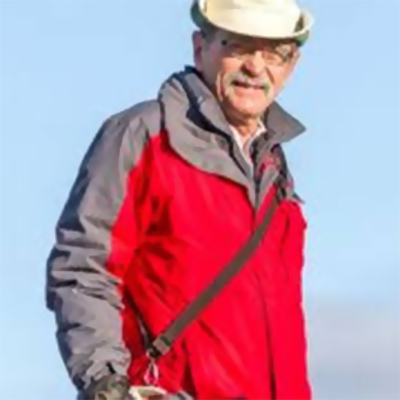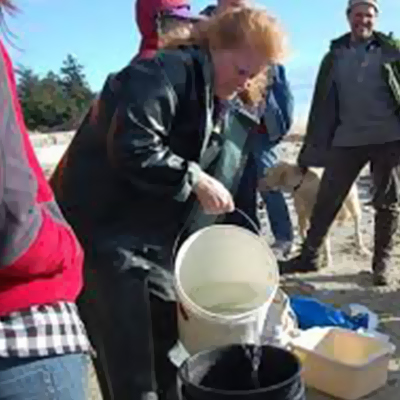The Value of Estuaries
The information on this page compliments that which appears on the sign that has been erected on the boardwalk in the Comox Marina.
Photographers
The Value of Estuaries
Nevertheless, some people believe that estimating the value of ecosystems, even imperfectly, will help people to make better land use decisions. Thus in a 1997 study,The value of the world’s ecosystem services and natural capital, conservatively estimated of the value of ecosystem services performed by estuaries to be US$22,832 per hectare per year. This would give The K’ómoks Estuary a value of over $47 million per year, in 1997 dollars!
Employment and Food Supply
The K’omoks Estuary has been providing the Comox Valley with economic prosperity for thousands of years. The diverse range of habitats and conditions support an abundance of fish and shellfish that provide food, livelihood, and sport fishing to the region. In BC seafood commodities bring in over $1.4 billion and sport fishing generates over $288 million. Tyee salmon, once abundant here, are now seldom found in the area as habitat has been lost or damaged. Restoration projects aim to reverse this trend of habitat loss thus increasing the productivity and economic prosperity of our region.
The following are facts from reports done for the Province of BC on the contribution our ocean makes to our economy. There are arranged by year and include links to the full reports on the Province of BC website.
Ocean and Economy Facts
According to a 2011 report from the BC Government, British Columbia offered 476 distinct fish and seafood commodities with a combined wholesale value of $1.4 billion.
Salmon products generated 53% of the total wholesale value of all B.C. seafood.
Sport Fishing – A major tourist attraction for both domestic and foreign tourism markets – the sector supports about 7,700 jobs. Sport fishing generates $288 million a year in GDP.
Capture fishing – The landed value from all species was 330 million. They constitute the fourth largest primary industry in British Columbia after forestry, mining and agriculture.
Seafood – Products were exported to more than 74 countries and generated a total export value of $957 million.
Aquaculture – produced 90,600 tonnes of fish and shellfish and generated $533.8 million in farmgate value.
Total = $2.1 billion
*these figures are from a BC Government report from 2011
From the analysis, it appears that the ocean economy is much larger than previously thought – with total output almost double an earlier estimate. As well, the ocean sector is broader and more diversified than indicated by previous findings.
We also know little of the non-market values of our ocean – for example, cultural and spiritual benefits and the ocean’s value as a carbon sink.
http://www.env.gov.bc.ca/omfd/reports/BCs-Ocean-Economy.pdf
The total direct, indirect supplier plus induced consumer spending economic impacts of the ocean sector in 2005 were:
$11.1 billion in GDP
$7.6 billion in Labour Income i.e., wages & benefits
167,800 person-years of employment
http://www.env.gov.bc.ca/omfd/reports/oceansector-economics.pdf
International Birding
Comox Valley is one of the most significant areas for wintering and migratory waterfowl and waterbirds in British Columbia. This area has been designated a globally significant Important Bird and Biodiversity Area (IBA). This IBA is designated for four species at the global level: Trumpeter Swan, Harlequin Duck, Thayer’s Gull, Glaucous-winged Gull; one species at the continental level: Mew Gull; and two species at the national level: Great Blue Heron and Peregrine Falcon. More info at IBA Canada.
There are also many avid birders in the Valley, many of which are part of the Birding Group of the Comox Valley Naturalists. This group meets regularly and published posts to the Naturalist site about their outings – http://comoxvalleynaturalist.bc.ca/groups/birding/.
One of our local bird success stories is that of the Trumpeter Swan
Recreation
One of the large sporting events that occurs in and around the K’ómoks Estuary is the yearly Snow to Surf competition. Competing teams race from Mount Washington to Comox Marina Park.
More information about tours and recreation can be found at on our K’ómoks Estuary Interactive Map and Discover Comox Valley.








